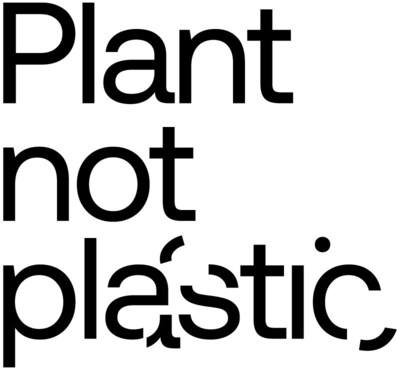A nationwide survey of nearly 1,000 consumers shows widespread concern over microplastic pollution, but significant confusion about how to address it. The National Cotton Council’s “Plant Not Plastic” campaign aims to close this knowledge gap by highlighting the role of everyday clothing and offering practical steps forward.
National Cotton Council Launches “Plant Not Plastic” Campaign to Empower Action Amid Growing Health Concerns

Key Takeaways:
- The National Cotton Council launched “Plant Not Plastic” to combat microplastic pollution.
- Only 33% of consumers are fully aware of microplastic pollution.
- Just 42% of survey respondents who are aware link the problem to their clothing.
- Limited information on actionable solutions discourages greater consumer participation.
- Health concerns drive consumer interest, with 63% noting potential human impacts.
The Survey Findings
A new national survey, conducted in 2025 with 974 participants, reveals that only a third (33%) of respondents feel “very aware” of microplastic pollution. Though this suggests some level of concern regarding environmental harm, it also indicates a lack of thorough knowledge about sources and potential solutions.
Microplastics and Everyday Clothing
Survey results show that of those who do understand microplastic pollution, only 42% connect it to the clothing they wear every day. Much of this pollution arises from synthetic fibers shedding microscopic plastic particles during washing and regular use. With limited information readily available, consumers often fail to see how their closets might be an unexpected source of contamination.
Barriers to Attainable Action
According to the report, many people feel powerless in the fight against microplastic pollution. A central challenge lies in what the survey identifies as “lack of clear information/guidance” (34%) alongside confusion over which steps to take (32%). “Our research clearly indicates that while consumers are concerned about microplastic pollution, they are largely unaware of the significant role their clothing can play in this issue,” says Marjory Walker, Vice President of Council Operations at the National Cotton Council.
Health at the Forefront
While environmental impacts, like marine life loss and beach pollution, remain significant, 63% of consumers also worry about microplastics’ impact on human health. This figure underlines a shift: as each new discovery about microplastics in the human body emerges, consumers grow increasingly uneasy—and eager for answers.
Introducing “Plant Not Plastic”
In response, the National Cotton Council has unveiled a new campaign, “Plant Not Plastic,” to educate the public on reducing microplastic pollution through more sustainable fiber choices. By rallying around cotton as a naturally derived material, the campaign underscores the possibility of wearing clothing that sheds fewer synthetic fibers, thus curbing plastic contamination and promoting tangible solutions.
Path Forward
With awareness now growing, the next step is translating concern into action. The National Cotton Council hopes its campaign will empower both manufacturers and everyday consumers to adopt more eco-friendly practices. Ultimately, clarifying the link between clothing and microplastic pollution is a critical step to ensure better health outcomes and a safer environment for future generations.











